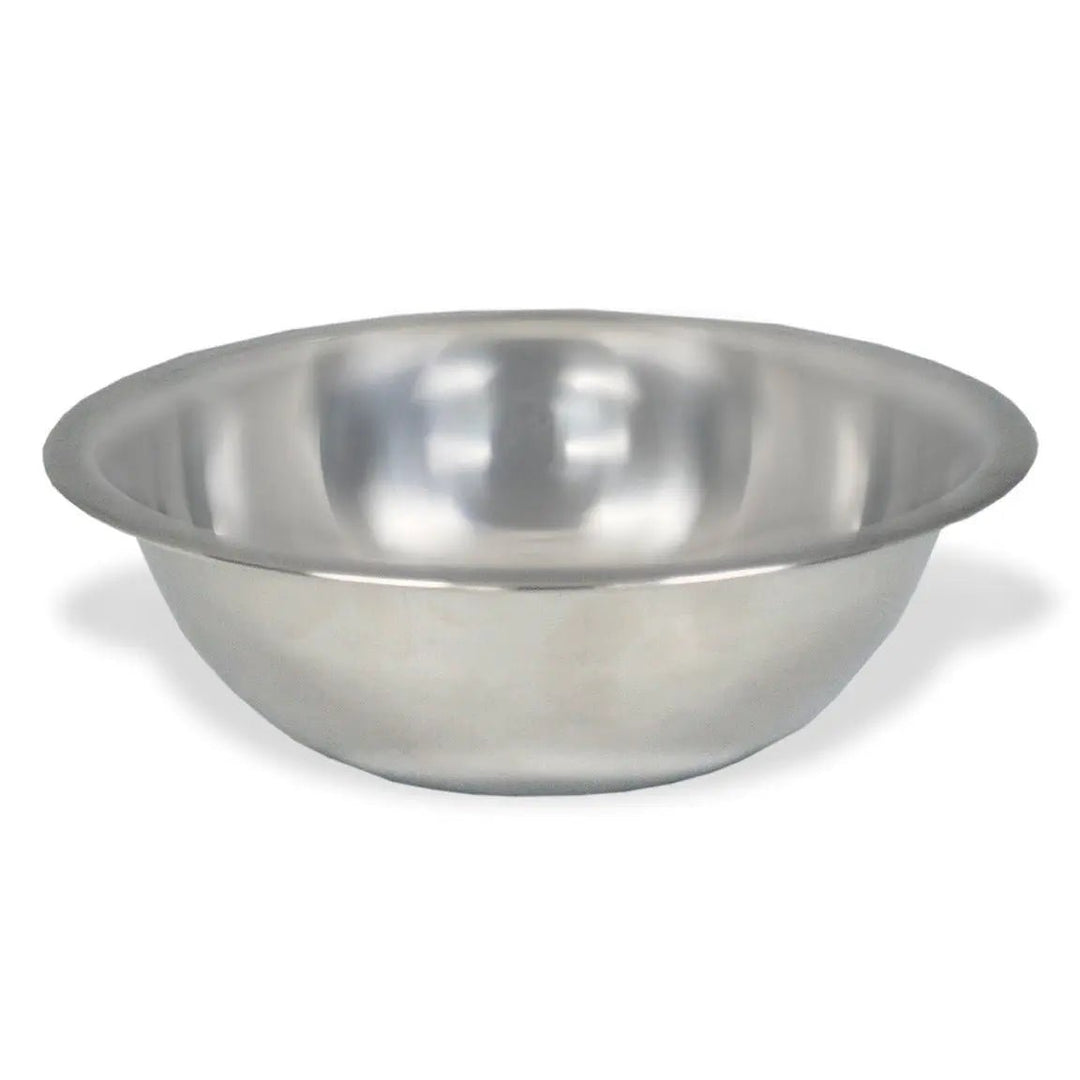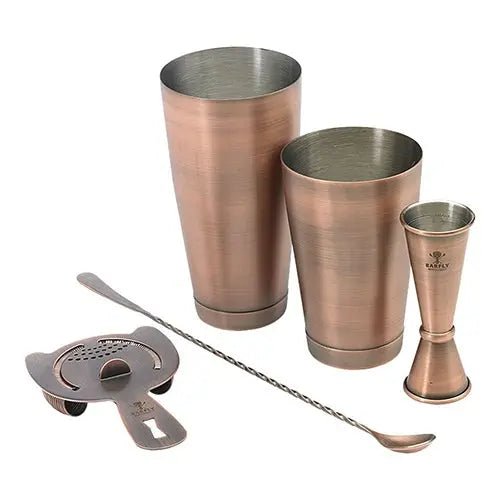Serving Safety: The Weird Science of Keeping Food Safe in Your Commercial Kitchen
Ah, the commercial kitchen. A place where culinary dreams come true—or go to die in a fireball of E. coli and salmonella. If you've ever wondered how to keep your customers alive and your health inspector at bay (and we hope you have,) you're in the right place. Let's dive into the sickening world of food safety.
The Grim Reaper's Menu: Common Foodborne Illnesses
First, let’s meet the cast of microscopic miscreants just waiting to turn your kitchen into a death trap:
1. Salmonella: The raw chicken's revenge. This bad boy will send your patrons running for the restroom faster than you can say "undercooked."

2. E. coli: The ultimate burger assassin. One mishandled patty and you’ve got yourself a biohazard situation.

3. Listeria: The cold-hearted killer. This one thrives in your refrigerator, turning your cold cuts into cold-blooded murderers.

4. Norovirus: The cruise ship plague. This stomach-turning virus spreads faster than gossip in a high school cafeteria.

Preventive Measures: How to Avoid a Culinary Catastrophe
Now, let's talk about how to dodge these microscopic grim reapers with some basic, albeit crucial, food safety practices.
1. Hand Washing/Glove Swapping: The Ritual of the Clean:

- Wear food-safe protective gloves and swap them out between tasks. Otherwise, eew.
- Wash your hands like you’re trying to erase a crime scene. Soap, warm water, 20 seconds. No exceptions.
- If you skip these measures, you might as well be serving a side of bacteria with every dish.
2. Temperature Control: Playing with Fire (and Ice):

- Keep hot foods hot (above 140°F) and cold foods cold (below 40°F). The danger zone (40°F - 140°F) is where pathogens party.
- Invest in good thermometers. Eyeballing it is about as reliable as a psychic reading.
3. Cross-Contamination: The Kiss of Death:

- Use separate cutting boards for raw meat and vegetables. Mixing them up is like setting up a blind date between a hitman and their target.
- Store raw meat on the bottom shelf of the fridge. Gravity is a cruel mistress, and you don’t want chicken juice dripping onto your ready-to-eat salad.
4. Cleaning and Sanitizing: Exorcising the Kitchen Demons:

- Clean and sanitize surfaces regularly. Bacteria love a dirty countertop like a moth loves a flame.
- Don’t forget those hard-to-reach places. If you ignore them, they’ll become breeding grounds for your worst microscopic nightmares.
The Last Line of Defense: Cooking and Storing Food Properly
Even if you follow all the above steps, you’re not out of the woods yet. Proper cooking and storage are your final safeguards against a health department shutdown.
1. Cooking: The Final Purge:

- Cook foods to the right internal temperatures. Use a meat thermometer, because guessing is for amateurs.
- Reheat leftovers to at least 165°F. If it’s not steaming like a horror movie fog scene, it’s not safe.
2. Storing Leftovers: The Sequel to the Safety Saga:

- Cool leftovers quickly and store them in shallow containers. Prolonged cooling is a bacterial bonanza.
- Label and date your leftovers. If you’re unsure how long that lasagna has been in the fridge, it’s probably a biohazard.
Handling Food Recalls: When the Apocalypse Hits
Sometimes, despite your best efforts, disaster strikes in the form of a food recall. Here’s how to manage when the apocalypse hits:
1. Stay Informed:
- Keep up-to-date with food recall alerts from reliable sources. Ignorance is bliss until someone gets food poisoning.
2. Act Fast:
- Remove the recalled product from your inventory immediately. Don’t wait for the body count to rise.
- Inform your staff and follow disposal instructions to the letter. Think of it as defusing a bomb.
3. Notify Customers:
- If the recalled product made it into your customers’ hands, let them know ASAP. Transparency can save your reputation—and their lives.
Managing food safety in a commercial kitchen is a relentless battle against unseen enemies. But with diligence, proper practices, and a dark sense of humor, you can keep the grim reaper at bay. Remember, in the world of food service, safety isn’t just a guideline—it’s a matter of life and death.





















